Anssine Jjukkumi (안씨네쭈꾸미)
7.3Km 2021-03-29
17-26, Imun-ro, Dongdaemun-gu, Seoul
+82-2-969-7668
Tree ear good for strengthening immunity is served. This Korean dishes restaurant is located in Dongdaemun-gu, Seoul. The representative menu is stir-fried webfoot octopus and pork belly.
Parc Olympique (올림픽공원)
7.3Km 2022-12-16
424, Olympic-ro, Songpa-gu, Seoul
+82-2-410-1114
Le Parc Olympique est un parc impressionnant dans lequel les reliques historiques de la période Baekje co-existent en harmonie avec les installations sportives, la fôret et les grands espaces verts. Vestige des Jeux Olympiques de Séoul de 1988, c'est aujourd'hui un endroit où les gend viennent se détendre en plus de pratiquer diverses activités sportives.
S'étendant sur environ 1.45 million de ㎡ autour de la forteresse Mongchontoseong de la période Baekje et du lac artificel Mongchonhaeja, le parc Olympique comporte un parc culturel, un parc écologique, un parc sportif et un parc historique dédié à l'histoire de la région.
Du fait de sa grande taille, il est conseillé de se familiariser à l'avance avec la position des entrées et sorties. Vous pouvez aussi visiter le parc au moyen du petit train (“Hodori Train”) situé près du Square de la Paix.
* Parc Culturel
Ce parc abrite le musée olympique, le musée olympique des arts de Séoul (SOMA), un parc de sculptures et une fontaine musicale.
* Leisure Sports Park
Vous y trouverez des chemins pour vous balader, un endroit pour faire du roller, le square de la paix, le parc des sports où vous pourrez pratiquer de nombreuses activités.
* Parc Ecologique
Les efforts de conservation font qu'il est aujourd'hui possible d'y voir des canards tachetés, des hérons blancs, des coucous, des faisans, des écureuils, des grenouilles mais aussi des pic-vert et des ratons laveurs, que l'on aperçoit que rarement dans les villes.
* Parc Historique
Vous y verrez un peu de l'histoire de la Corée au musée Baekje et à la forteresse Mongchontoseong. Vous pourrez aussi voir l'histoire plus récente des jeux olympiques while hearkening back to the more recent, grand spirit of the Olympics in the Holy Land of Peace
Seoul Jazz Festival SJF (서울재즈페스티벌)
7.3Km 2020-04-01
426 Olympic-ro, Songpa-gu, Séoul
02-563-0595
Jazz Up Your Soul !
Venez nombreux sur l’esplanade du parc olympique pour vibrer au son des plus grands musicens de jazz en ce magnifique jour de printemps.
Festival Hanseong Baekje (한성백제문화제)
7.3Km 2022-09-26
424, Olympic-ro, Songpa-gu, Seoul
+82-2-2147-2800
Le festival Hanseong Baekje se tient au parc olympique de Seoul. Ce festival constitue une bonne occasion de découvrir ou redécouvrir l’histoire de Hanseong Baekje.
Hanseong Baekje est le nom du royaume Baekje avant que celui-ci ne déplace sa capitale à Woongjin à l’an 475, soit de 18 av J-C jusqu’à 475 ap J-C.
Podowon Samgyetang (포도원삼계탕)
7.3Km 2021-03-18
41-5, Changgyeonggung-ro26-gil, Jongno-gu, Seoul
+82-2-743-6541
This is a Korean cuisine located in Daehak-ro, Seoul. The best menu at this restaurant is ginseng chicken soup. It sells Korean healthy cuisines.
Grand hall commémoratif du roi Sejong (세종대왕기념관)
7.3Km 2021-03-26
56, Hoegi-ro, Dongdaemun-gu, Seoul
+82-2-969-8851, 8853
Le grand hall commémoratif du roi Sejong a été créé à Dongdaemun-gu, Séoul, en novembre 1970 (il a été inauguré en octobre 1973) à la mémoire des vertus pleines de bonté du roi Sejong et de ses accomplissements. Le hall commémoratif est une structure moderne dotée d’un sous-sol et de deux niveaux. Une salle d’exposition, un auditorium, un laboratoire et une salle de références sont disponibles pour les visiteurs. Le hall d’exposition se compose de la salle du Hangul, la salle des sciences, la salle de la musique traditionnelle, la salle de l’art du roi Sejong et une exposition en plein air. La salle du Hangul expose des livres publiés durant le règne du roi Sejong. La salle de la science présente des inventions scientifiques et des outils ayant été développés pendant la dynastie Joseon, comme par exemple les caractères d’imprimerie mobiles en métal, une jauge de pluie et une carte astronomique. La salle de la musique traditionnelle expose une série d’instruments de musique traditionnels. La salle de l’art du roi Sejong permet aux visiteurs de contempler des peintures traditionnelles représentant les accomplissements du roi Sejong tout au long de sa vie. A l’extérieur, les visiteurs peuvent trouver le monument de pierre du roi Sejong (42-1ème bien culturel tangible de Séoul), les figurines de pierre de Guyeongneung (42ème bien culturel tangible de Séoul) et Suypo (828ème trésor national).
Isu Jokbal (이수족발)
7.3Km 2021-03-29
42, Bangbaecheon-ro 4-gil, Seocho-gu, Seoul
+82-2-534-0303
A place that serves Jokbal (pig’s feet) using Korean pork. The best menu at this restaurant is braised pigs' feet. This Korean dishes restaurant is located in Seocho-gu, Seoul.
Sadongmyeonok (사동면옥)
7.3Km 2021-12-17
9, Insadong, 8-gil, Jongno-gu, Seoul
+82-2-735-7393
A store with over 35 years’ experience that sells Hwanghaedo-style dumplings. The best menu at this restaurant is dumpling hot pot. This Korean dishes restaurant is located in Jongno-gu, Seoul.
Imun Seolnongtang (이문설농탕)
7.3Km 2022-01-03
38-13, Ujeongguk-ro, Jongno-gu, Seoul
+82-2-733-6526
Imun Seolnongtang has been serving its hearty seolleongtang for over a hundred years since it first opened in 1907. Even its name has a long history: the word imun comes from Imun-gol, the now-obsolete name of the restaurant’s location, and seolnongtang, an old variation of the word seolleongtang. During the Japanese colonial rule, the restaurant’s regular customers included Gijeong Son, the marathon gold-medalist at the 1936 Berlin Olympics. To make the rich seolleongtang broth, beef meat and bones are simmered for more than 15 hours. Try putting rice and minced green onion in your seolleongtang for a warm and tasty experience. Kkakttugi (diced radish kimchi), provided as a side dish, is also delicious.
Whale forest (고래의숲)
7.3Km 2021-03-18
136, Dongsung-gil, Jongno-gu, Seoul
+82-70-7543-3313
A restaurant serving Korean-style western dishes. The best menu at this restaurant is house-made pork loin cutlet. This is a Japanese cuisine located in Daehak-ro, Seoul.
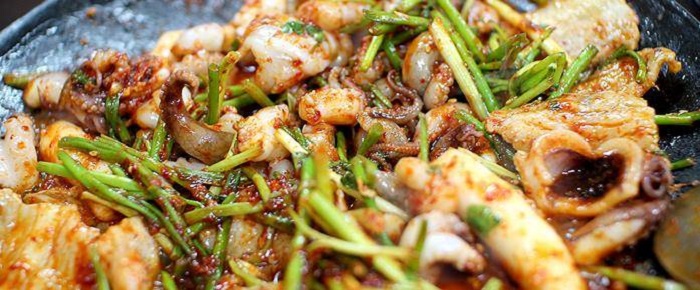

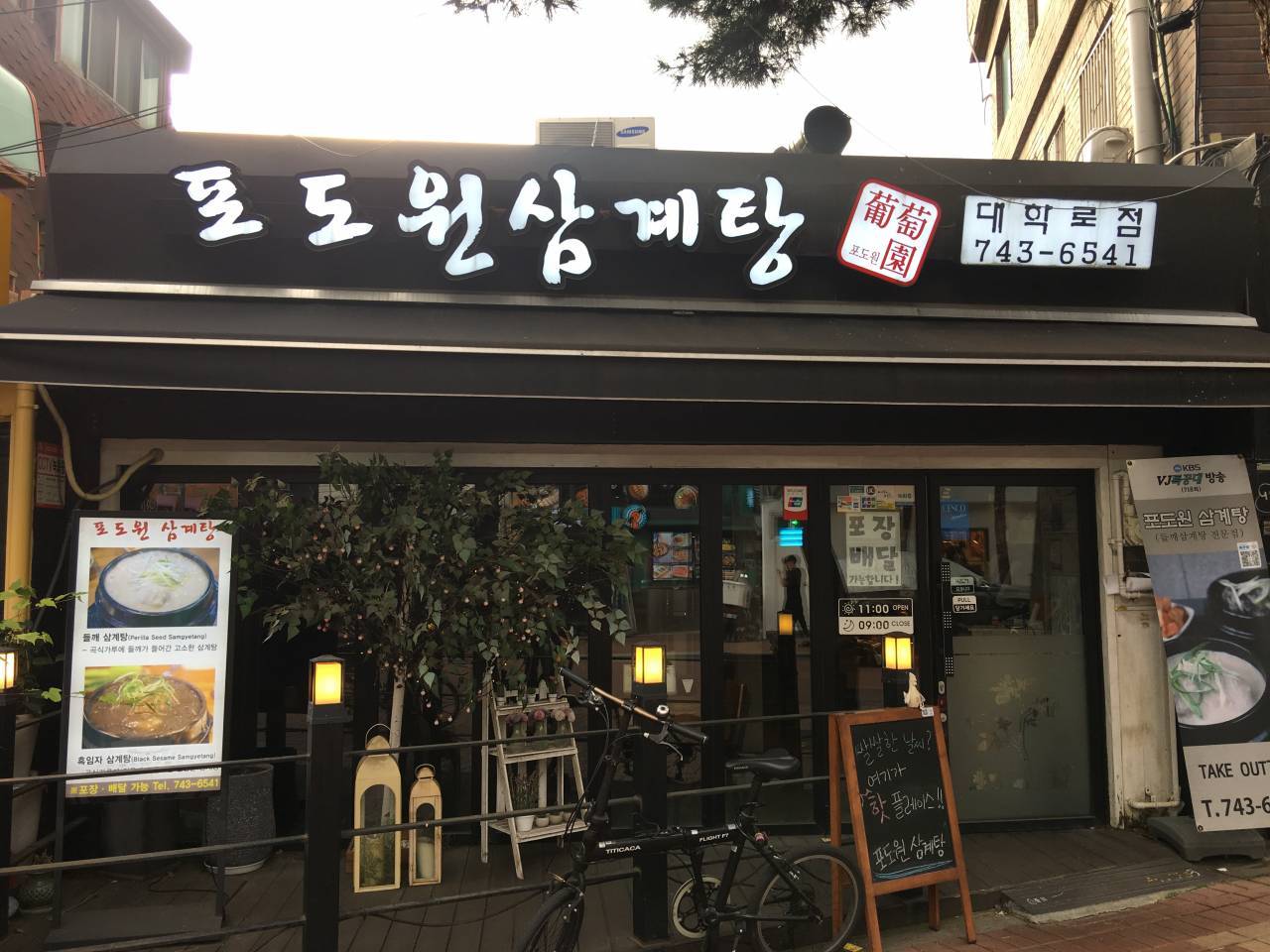
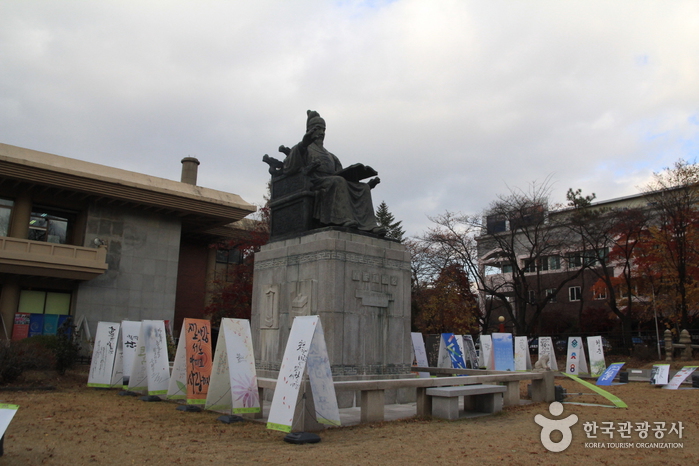
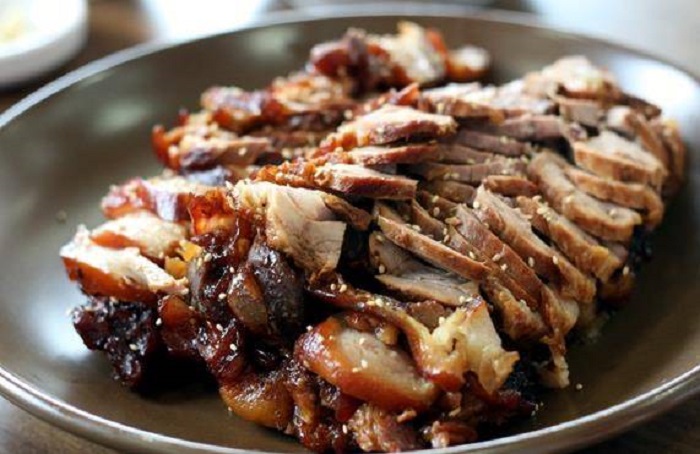
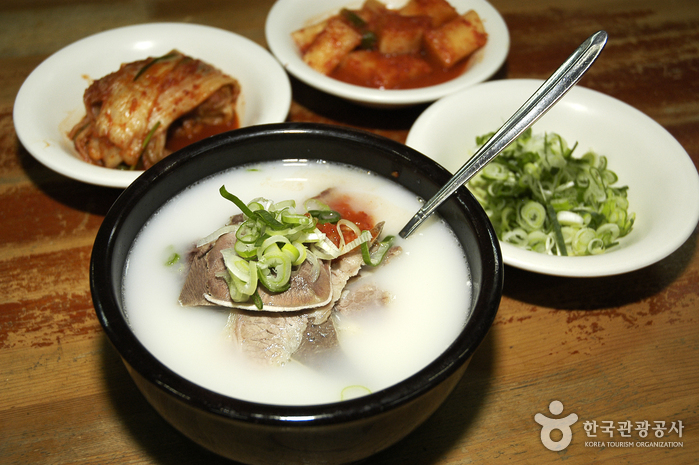
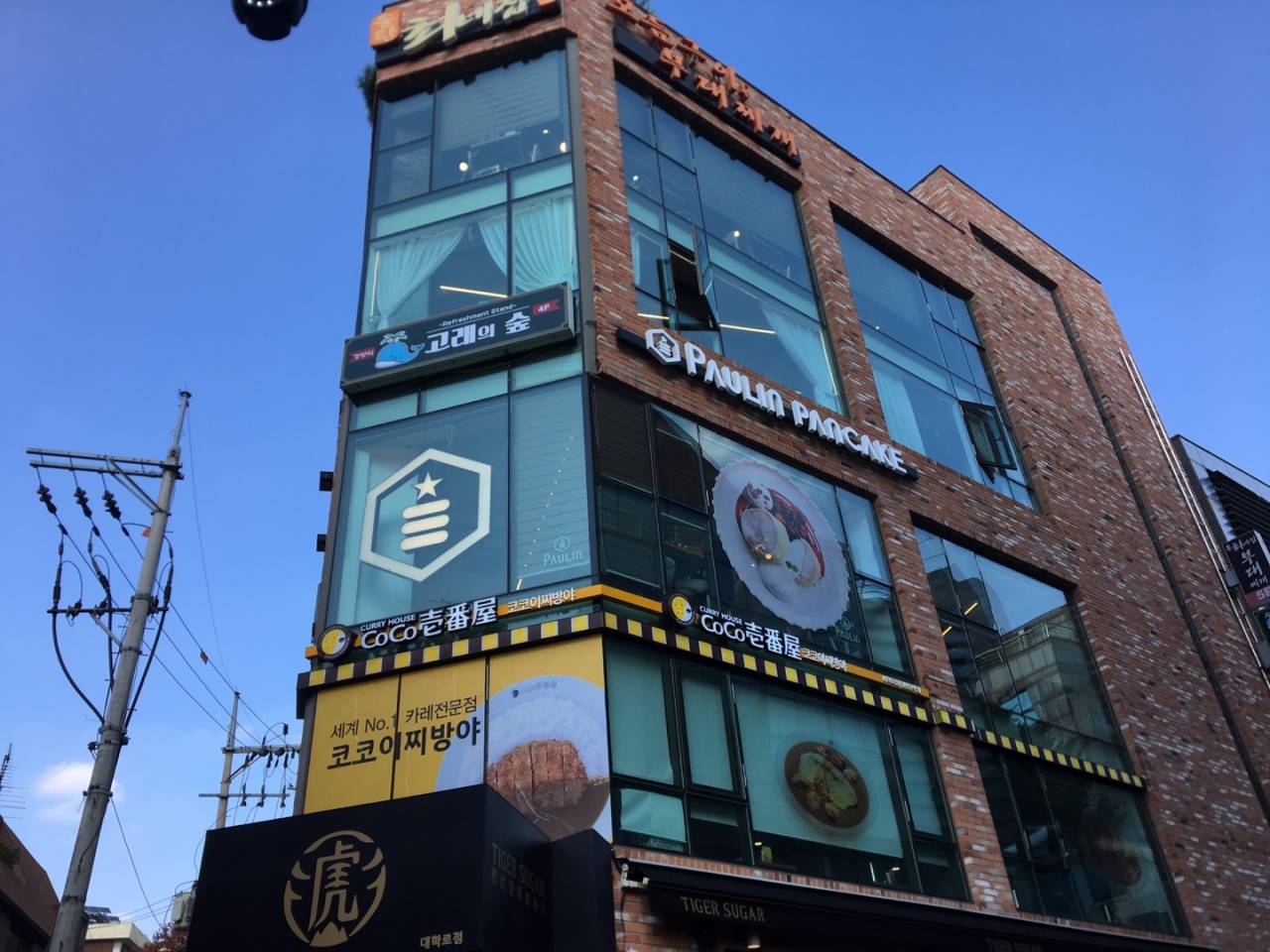
 Français
Français
 한국어
한국어 English
English 日本語
日本語 中文(简体)
中文(简体) Deutsch
Deutsch Español
Español Русский
Русский